With one of India’s best-loved baby food brands under the scanner for unhealthy amounts of added sugar and honey, experts decode how new mothers can keep their babies well-fed, healthy and happy
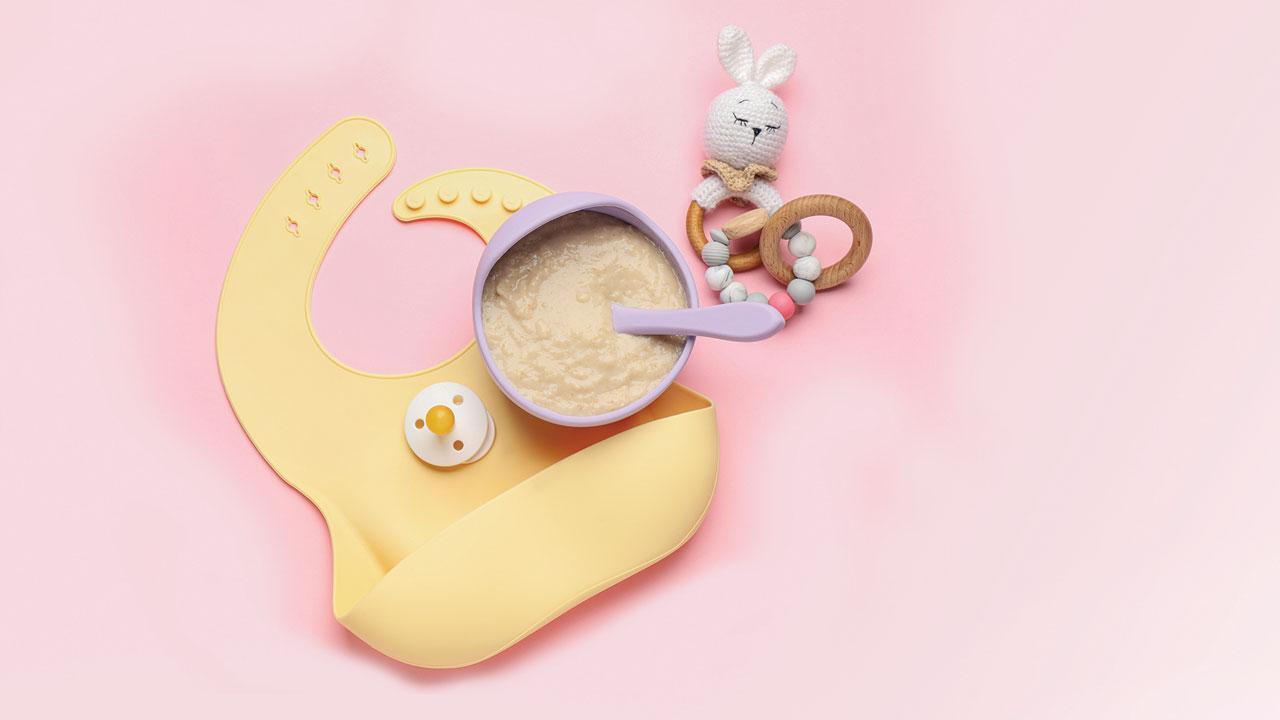
Representation Pic
For most Indian households, Cerelac is what Gen Z now refers to as a ‘core memory’ on social media. This ubiquitous brand of baby food is commonly recommended as a nutritious supplement to breast milk for children between six months and two years of age. But, as a recent report by Public Eye, a Swiss investigative organisation revealed, the formula does Indian infants far more harm than good. As per the report, Cerelac sold in India contained 2.7 gms of added sugar and honey per serving — a stark contrast to the UK and German versions that have no added sugar. Although the manufacturer, Nestlé, has claimed to have reduced the amount of added sugars by up to 30 per cent over the past few years, the discrepancy has sparked conversations about if and how baby formula can be safely used by concerned parents, to cater to their children’s nutritional needs.
ADVERTISEMENT
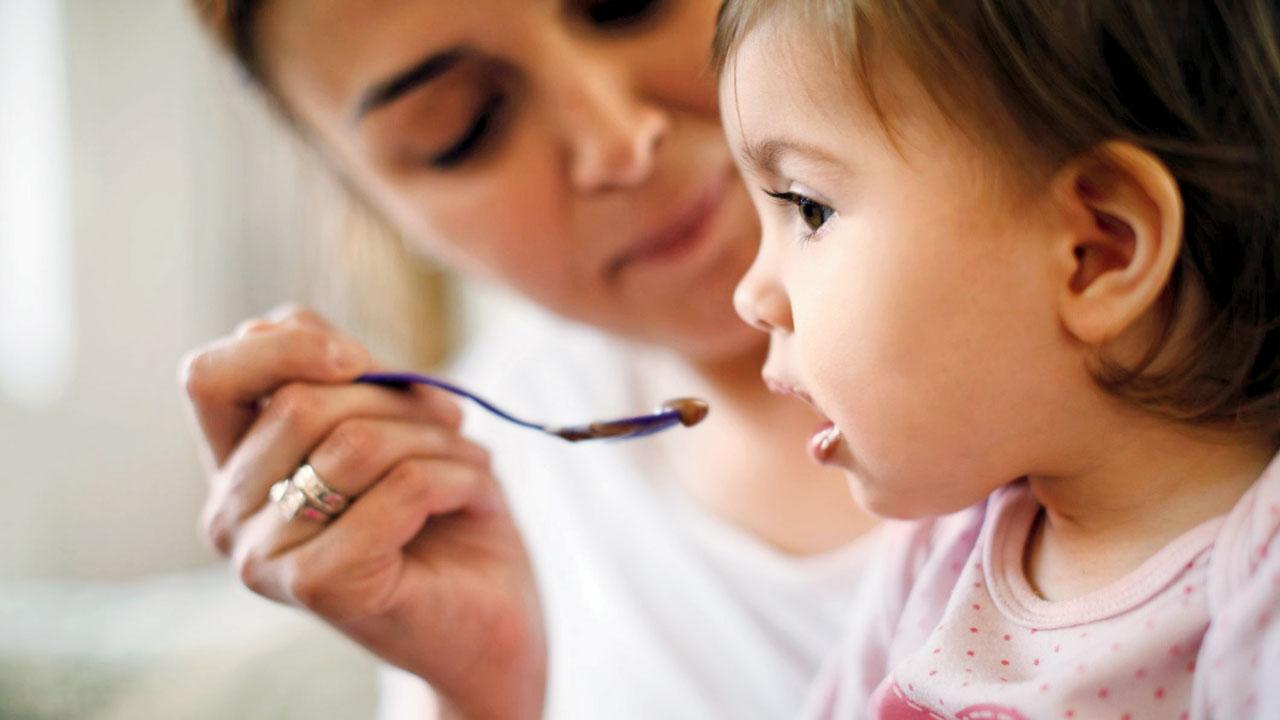
Staying a’breast’
“Breast milk is always the first choice for infants under the age of six months. It should ideally be their only source of nourishment. However, some new mothers struggle with lactation, in which case we refer them to lactation specialists who can guide them about the necessary steps they should take to begin breastfeeding. Medication is also available and should be sought as needed. However, if the mother is unable to produce enough breast milk, or has a health condition that mandates medication which prevents her from breastfeeding, she may be recommended baby formula whose sugar content is equivalent to breast milk. While many mothers opt for cow’s milk, often diluting it to make it palatable to infants, it is not recommended as cow’s milk lacks the folic acid needed to meet a baby’s nutritional requirements,” shares Dr Jayashree Deshpande, a paediatrician and president of Palghar Academy Of Paediatrics.
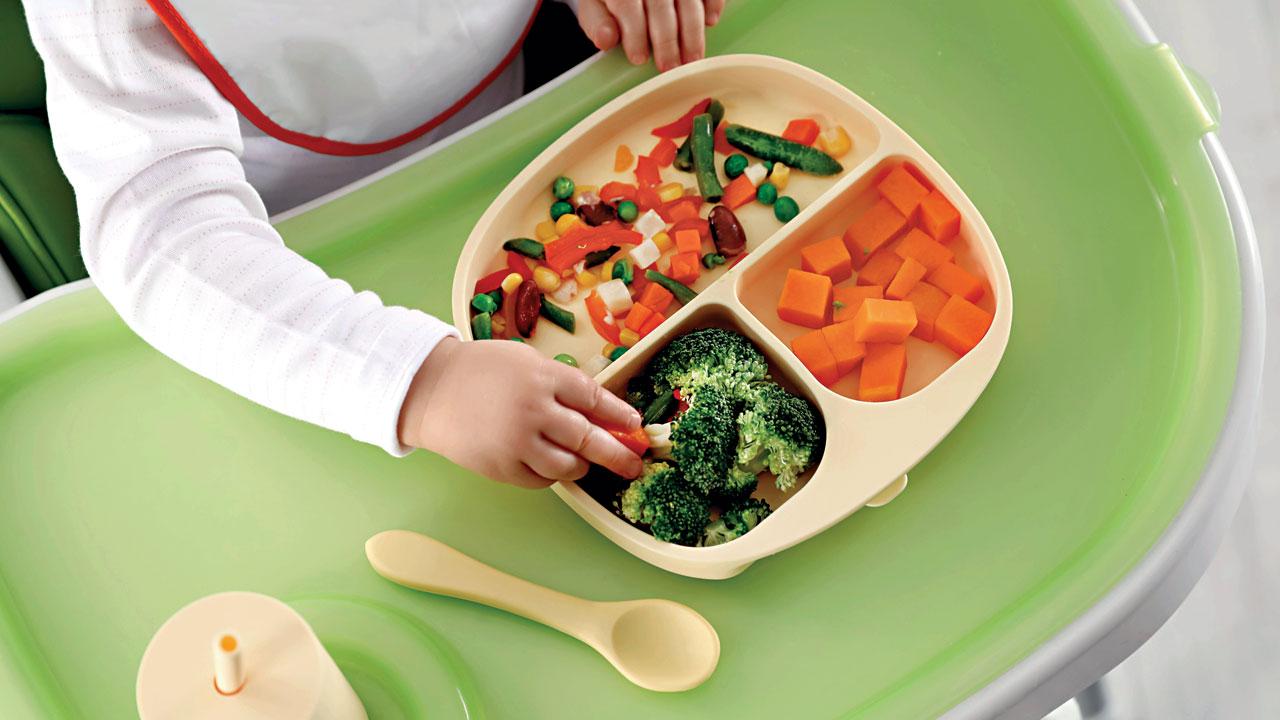
Gradually introduce the baby to boiled and puréed vegetables or fruit in the first year. REPRESENTATION PICS
Dr Gauravi Warty-Lokegaonkar, a dentist and mother to a four-year-old adds that what makes the use of baby formula concerning is that new mothers are taught to indiscriminately reach for it, without first being educated about the merits of breastfeeding. “Breastfeeding has innumerable benefits for both mother and child. However, in my own experience, my child was fed formula soon after his birth, without any consultation with me. And this was despite my willingness to take the necessary steps to breastfeed my child, from his very first meal.” When questioned about her distrust of baby formulas, she explains that the high sugar content (higher than breast milk) makes it easier for children to get hooked to the taste and shun breast milk for formula.
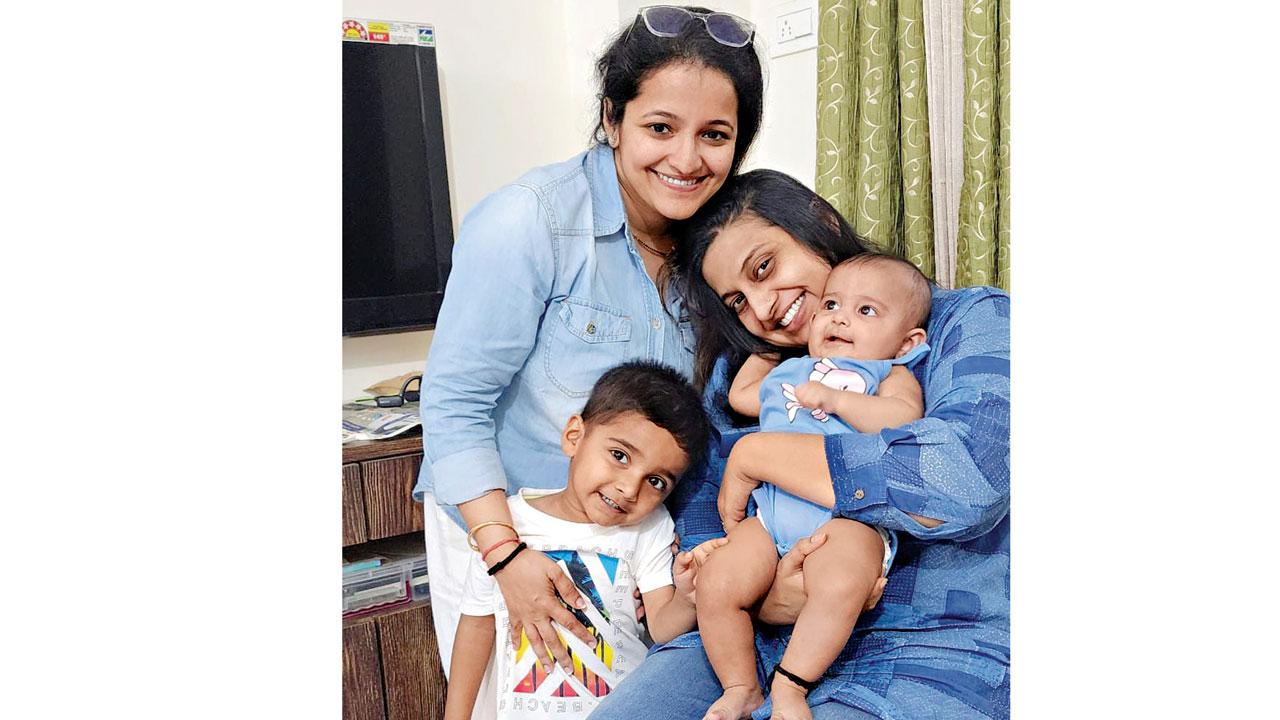
(From left) Gauravi Warty-Lokegaonkar and Neha Rajadhyaksha with their children
“Breastfed babies are known to have fewer instances of infections and hospitalisation episodes due to the antibodies passed down from the mother. These nutrients are also absorbed better. While I am not opposed to the use of formula, I believe it should be restricted to very limited scenarios and only in the absence of other alternatives,” she clarifies.
Both Warty-Lokegaonkar and Deshpande emphasise on the need to create and refer new mothers to breast milk banks. Warty-Lokegaonkar further laments the lack of education and preparation offered to new mothers who may be struggling with the mechanics of breastfeeding, as well as the availability of safe public spaces to breastfeed at.

Read nutrition labels on the packaging beforehand
For entrepreneur Neha Rajadhyaksha, being diagnosed with a viral infection meant that she had to feed her baby formula while in recovery. “However, once I checked the contents, I was quite alarmed, and decided against it. I would highly recommend that new mothers learn to read and decode labels, instead of picking up baby foods that are popular,” she notes.
Diversify the young palette
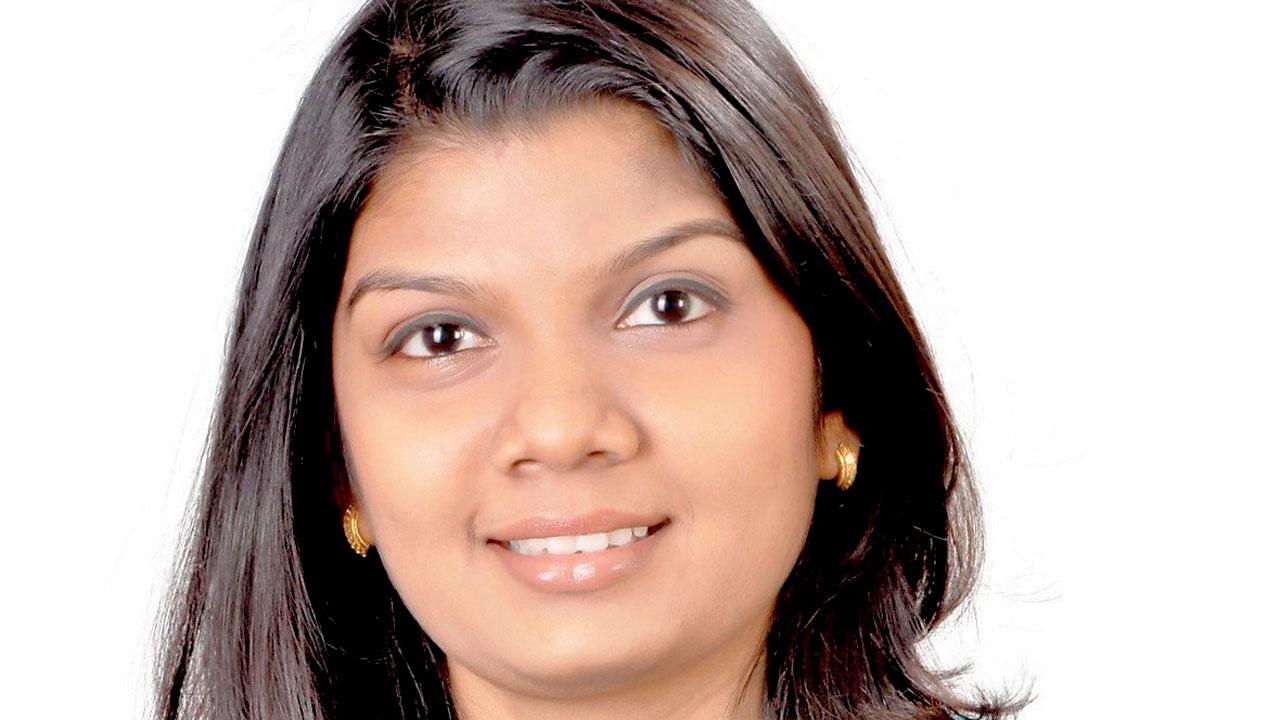
Kajal Bhathena
Once the weaning process begins, infants can be introduced to homemade foods, in a phased manner, advises Kajal Bathena, a nutritionist at Health and You. “When your baby is six to seven months old, start with steamed or boiled mashed, or puréed vegetables and fruits such as beetroot, potato, pumpkin, tomato, spinach and apples, as well as uncooked firm fruit such as papaya, banana and chikoo. You can feed these to your baby twice a day, and fill the gap with breast milk. For the next two months, you can introduce ragi porridge, dal pani or rice kanji for lunch and dinner, with vegetables and fruit as a pre-lunch and evening snack; continue with breast milk for breakfast.
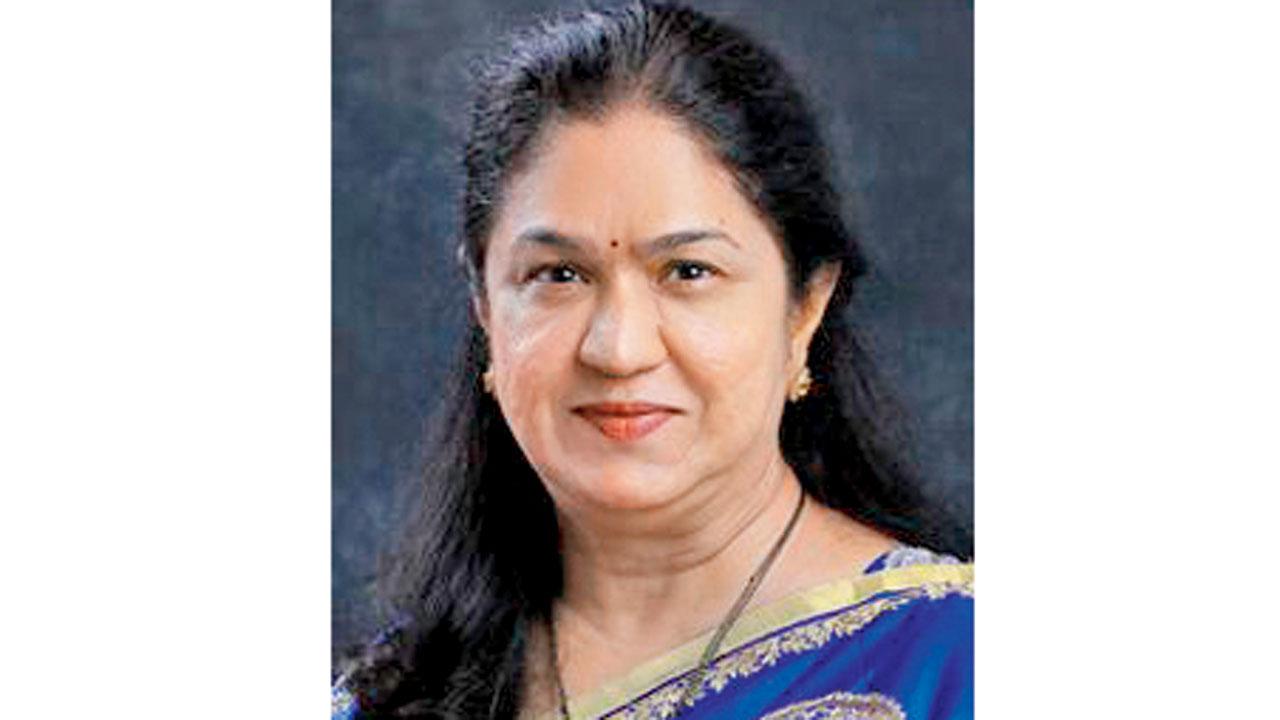
Dr Jayashree Deshpande
By the child’s 10th month, feed him/her soft foods such as khichdi, oats, dosa and chilla. You can also introduce animal protein in the form of soup, once or twice a week. However, avoid adding sugar or salt to your baby’s meals until the child is a year old,” she elaborates. For parents who prefer to eschew packaged baby food altogether, Rajadhyaksha suggests home-made khimti (a preparation of ground rice, moong dal, ajwain and methi) for babies who are six months and older, while Deshpande advises a wholesome homemade ragi porridge.
 Subscribe today by clicking the link and stay updated with the latest news!" Click here!
Subscribe today by clicking the link and stay updated with the latest news!" Click here!







